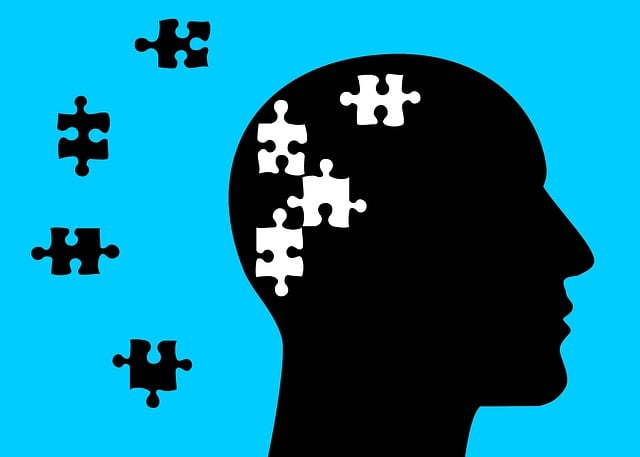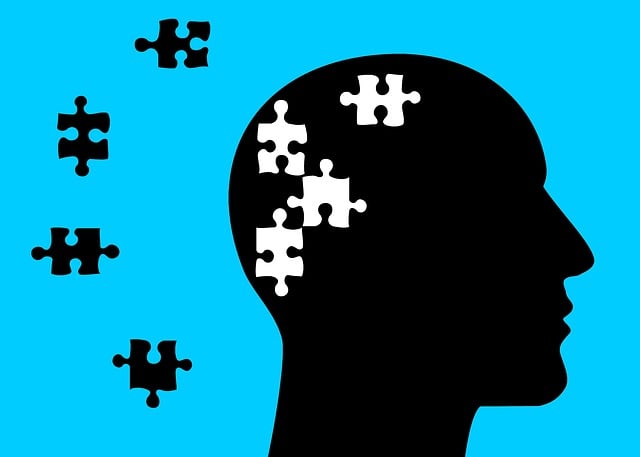In mental health care, Superior EMDR Certified Therapy stands out as a vital risk management tool for patient safety and effective trauma treatment. By combining evidence-based practices with cultural sensitivity, this approach promotes positive outcomes and reaches underserved communities. A robust risk management plan should include personalized interventions based on psychological assessments, self-care workshops for professionals, and regular training in mindfulness and emotional regulation. Continuous risk assessment using advanced tools, staying current with research, and fostering compassion are key to enhancing care quality.
Mental health professionals face unique challenges, necessitating robust risk management planning. This article delves into essential strategies for navigating potential risks within therapeutic settings. We explore the critical role of Superior EMDR Certified Therapy in mitigating risks associated with trauma treatment. By examining key components of a comprehensive risk management plan, continuous assessment strategies, and improvement methods, professionals can enhance patient safety and foster effective therapy outcomes.
- Understanding Risk Management in Mental Health Practice
- The Role of Superior EMDR Certified Therapy in Mitigating Risks
- Key Components of a Comprehensive Risk Management Plan
- Strategies for Continuous Risk Assessment and Improvement
Understanding Risk Management in Mental Health Practice

In the dynamic field of mental health care, risk management is a cornerstone for ensuring patient safety and fostering effective therapy. For professionals delivering superior EMDR Certified Therapy, understanding and implementing robust risk management strategies are imperative. This involves meticulously assessing and mitigating potential risks that may arise during treatment sessions, catering to diverse client populations with varying mental health conditions.
Effective risk management in mental health practice encompasses not only identifying hazards but also proactively developing interventions to prevent or minimize their impact. It includes strategies for managing crises, such as depression prevention initiatives, promoting emotional regulation techniques, and adhering to comprehensive Mental Health Policy Analysis and Advocacy guidelines. By embracing these practices, therapists can create a secure therapeutic environment, enhancing client trust and fostering positive outcomes.
The Role of Superior EMDR Certified Therapy in Mitigating Risks

Mental health professionals constantly navigate complex situations that carry inherent risks. One powerful tool in their arsenal is Superior EMDR Certified Therapy. This evidence-based approach has been hailed for its effectiveness in treating trauma and anxiety disorders, thereby significantly mitigating risks associated with these conditions. By facilitating rapid eye movement (REM) during therapy sessions, Superior EMDR Certified Therapy helps clients process traumatic memories more efficiently, reducing the likelihood of repressed memories and flashbacks.
Beyond direct therapeutic benefits, Superior EMDR Certified Therapy contributes to a broader framework of mental health awareness and cultural sensitivity in mental healthcare practice. It encourages therapists to tailor their approach to individual needs, including cultural considerations, thereby fostering safer and more effective treatment environments. Furthermore, integrating community outreach program implementation strategies can extend the reach of Superior EMDR Certified Therapy to underserved populations, promoting better mental health outcomes for all.
Key Components of a Comprehensive Risk Management Plan

A comprehensive risk management plan for mental health professionals should encompass several key components designed to mitigate potential risks and ensure patient safety while enhancing therapeutic outcomes. Firstly, it’s imperative to integrate evidence-based practices tailored to individual needs, such as Superior EMDR Certified Therapy, which has proven effective in treating trauma and promoting emotional resilience. This involves a meticulous assessment of each client’s unique psychological landscape, allowing for personalized interventions that target specific triggers or stressors.
Furthermore, the plan should focus on fostering robust mood management strategies and stress management workshops within the organization. Encouraging professionals to prioritize self-care and inner strength development is essential, as it equips them with the tools necessary to navigate complex cases effectively while maintaining their own mental well-being. Regular training sessions that incorporate mindfulness techniques, stress reduction practices, and emotional regulation strategies can significantly contribute to a holistic risk management approach.
Strategies for Continuous Risk Assessment and Improvement

Mental health professionals must embrace a dynamic approach to risk management, where continuous risk assessment is the cornerstone. Regular and thorough evaluations ensure that practitioners stay ahead of potential hazards and adapt their strategies accordingly. By integrating advanced tools like Superior EMDR Certified Therapy into their practices, therapists can enhance their ability to assess complex emotional states and identify subtle changes in client conditions. This proactive mindset allows for timely interventions and adjustments, fostering a safer and more effective therapeutic environment.
Moreover, staying informed about the latest research and trends in risk assessment is vital. Professionals should actively participate in public awareness campaigns development and compassion cultivation practices, which not only benefit their patients but also contribute to a broader understanding of mental health risks within the community. Regular self-reflection and peer collaboration can significantly improve risk management planning, ultimately enhancing the overall quality of care provided.
Mental health professionals face unique challenges that demand robust risk management strategies. By integrating Superior EMDR Certified Therapy into their practice, therapists can effectively mitigate risks associated with complex cases and sensitive client information. A comprehensive risk management plan, encompassing continuous assessment and improvement, ensures a safe and therapeutic environment for both clients and practitioners. This proactive approach not only protects practices but also enhances the quality of care provided.














